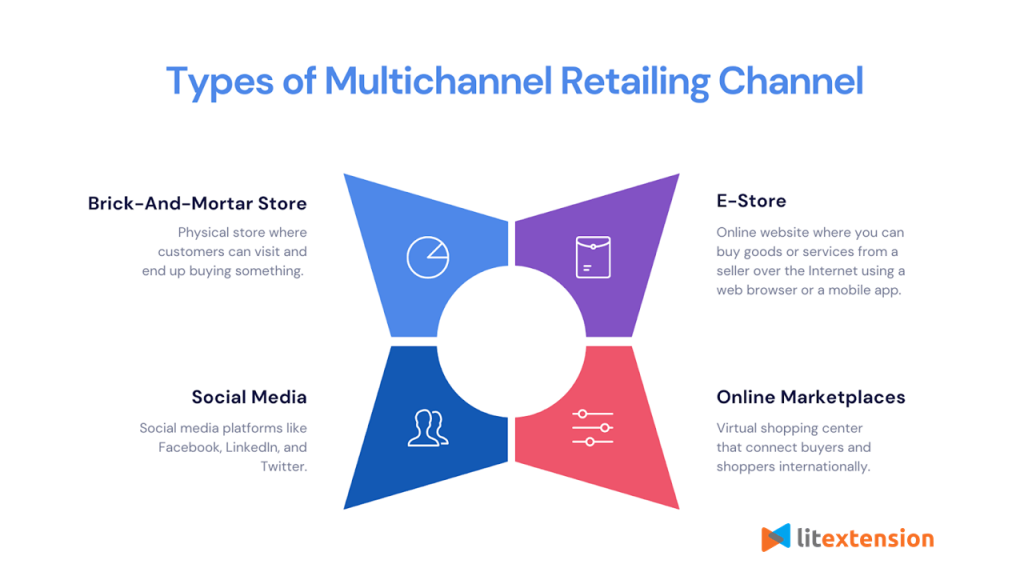Revealed: The five top myths of multichannel retailing – StartupSmart
Retailers are being encouraged to take note of a new PricewaterhouseCoopers report, which debunks myths of multichannel retailing, including the rise of social media, tablets and China.
The report, titled Demystifying the online shopper; 10 myths of multichannel retailing, is based on a global survey of more than 11,000 online shoppers from 11 countries.
The 11 countries covered in the survey are Brazil, Canada, China, France, Germany, the Netherlands, Russia, Switzerland, Turkey, the United Kingdom and the United States.
“Recently we’ve noticed that much of the literature on online retail shoppers seizes on a few data points and parlays them into a trend,” PwC’s John Maxwell wrote in the report.
“Take social media, for example… Consumers use social media to research brands, praise their favourite products and point out the weaknesses of other products.
“But our survey reveals that just 12% of our respondents have purchased an item through a social media site… and only 18% purchased a product as a result of information obtained through a social media site.”
The report goes on to highlight 10 myths of multichannel retailing. Here are the top five:
Myth 1: Social media will soon become an indispensable retail channel
While social media is becoming more popular every year, it will remain a “backwater” sales channel for the time being, PwC said.
“While about half of respondents say they’re checking out social media sites daily, only a tiny minority uses the sites frequently to shop,” PwC said in its report.
“Seven out of 10 online shoppers… say they never shop this way. That should remain the status quo for the immediate future, as only about 5% say they’ll shop more via social media in the next 12 months.”
Myth 2: Stores will become mainly showrooms in the future
Many multichannel shoppers say they research online but, according to PwC, more still prefer to buy products in-store.
“Twenty-three per cent of our respondents research consumer electronics online and then go to a store to buy the product, compared to only 2% who do it the other way around,” the report said.
“With the exception of the books, music, movies and video game category, consumers don’t yet seem ready to erase the traditional retail outlet from their shopping landscape.”
Myth 3: The tablet will soon overtake the PC as the preferred online shopping device
While tablets and smartphones are catching up, shoppers are still using their PCs to shop online.
“Only 9% of shoppers say they’ve changed their habits to shop with a tablet more often – and around three out of five don’t use this type of device to shop at all,” the report said.
“Our respondents don’t expect to increase their tablet purchases much next year either, with only 11% thinking they’ll shop more with their tablet.”
Myth 4: As the world gets smaller, global consumers are getting more alike
Although consumers are shopping with more global retailers than ever before, there is a wide range of local difference in consumer behaviours.
“Consumers in different countries are still much more different than they are alike. Internet users’ appetite for online shopping and social media varies widely,” the report said.
“And growing purchasing power doesn’t automatically translate into shopping enthusiasm.”
Myth 5: China is the future model of online retail
China is at the forefront of some key trends, but PwC believes China’s multichannel and online model is unique.
“Only 30% of our Chinese respondents have been shopping [online] for more than five years, compared to 44% of the global sample. But they’re already shopping much more frequently,” it said.
“Chinese shoppers are also ahead of the curve in terms of using new devices and social media… So can online retailers now expect emerging trends in China to set the tone around the world? We think the answer is an emphatic ‘no’.”

